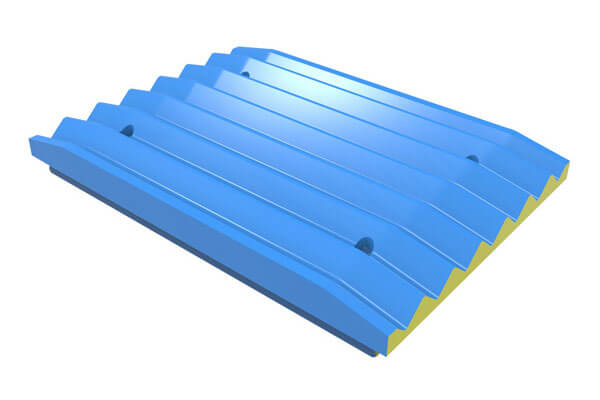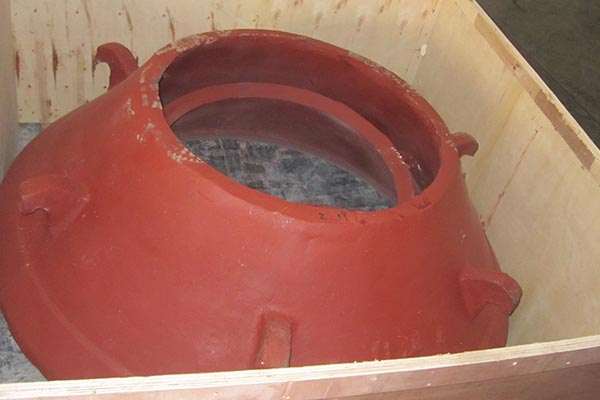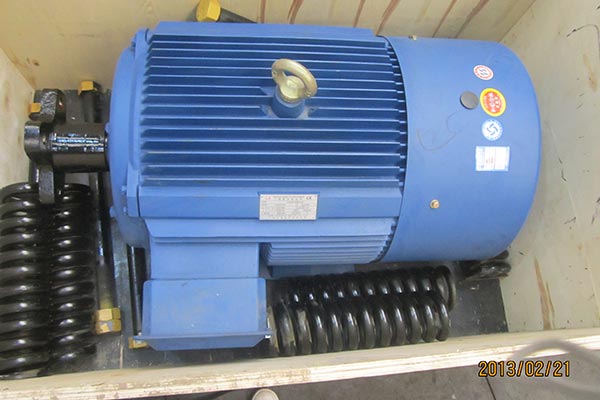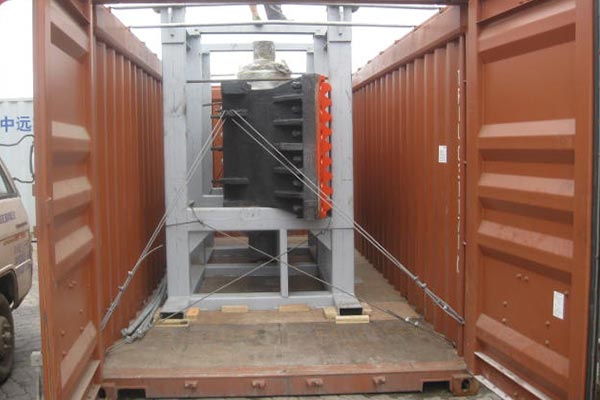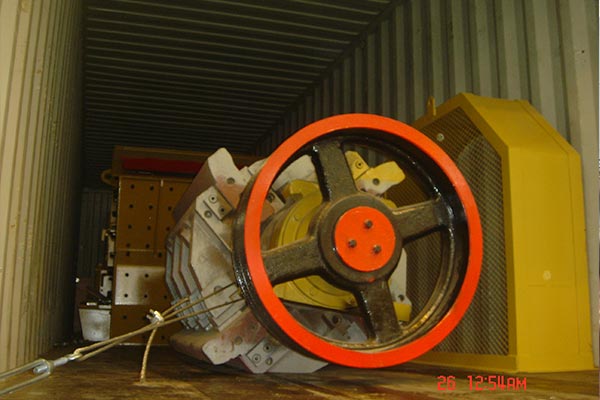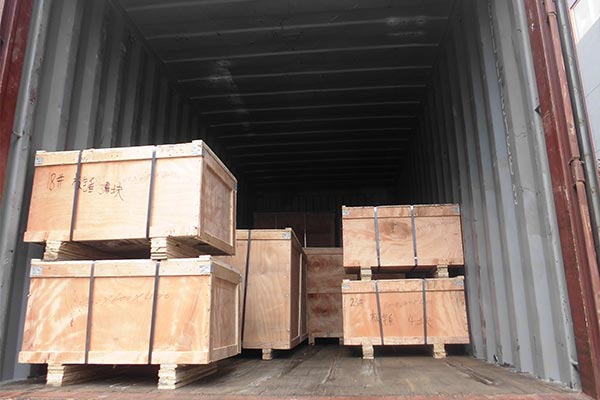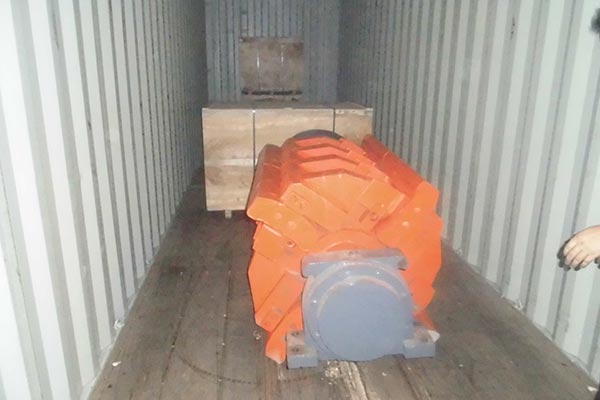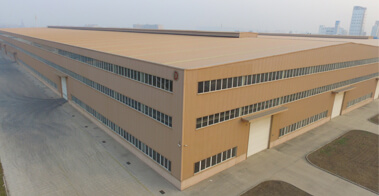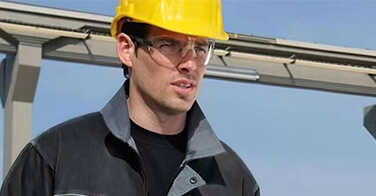The jaw crusher consists of a movable jaw and a fixed jaw that form the crushing chamber, simulating the motion of animal jaws to complete the crushing operation. The upper part of the movable jaw plate is connected to the eccentric shaft, supported by the thrust plate at the bottom, while the fixed jaw plate is fixed on the frame. When the eccentric shaft rotates, the movable jaw plate mainly undergoes the squeezing action of the material, while the fixed jaw plate mainly undergoes the sliding and cutting action of the material.
During the operation of the jaw crusher, the jaw plates, especially the movable jaw plate, are the first to experience wear. When the material enters the crushing chamber, the movable jaw plate undergoes a squeezing action, forming a strong compressed state. The fixed jaw plate undergoes a strong cutting action due to friction with the material, leading to significant wear.
As a component with a high wear rate in jaw crushers, the choice of jaw plate material is crucial for equipment efficiency and user cost-effectiveness.
High manganese steel, as an alloy steel material, gets its name from the high manganese content in manganese steel alloy casting. Controlling the manganese content within a certain range ensures that manganese steel alloy has both good hardness and wear resistance, as well as good toughness. High manganese steel is the traditional material for the jaw plates of jaw crushers. It has excellent resistance to impact loads.
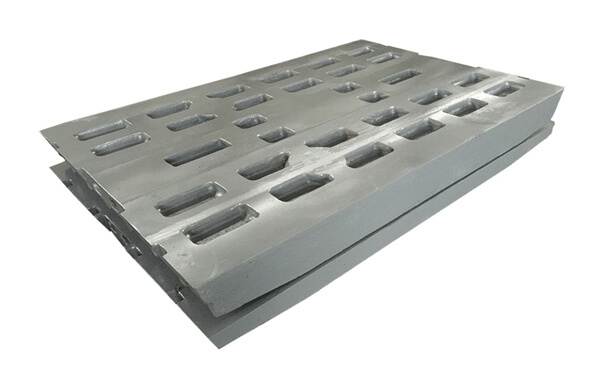
However, due to the structure of the crusher, the angle between the movable and fixed jaws is often too large, making it prone to abrasive sliding. The insufficient strain hardening of the jaw plate surface results in lower surface hardness, causing rapid wear due to short-range abrasive cutting.
To improve the lifespan of jaw plates, various modifications have been developed, such as incorporating elements like Cr, Mo, W, Ti, V, Nb into high manganese steel for modification treatment. Additionally, dispersion strengthening treatments have been applied to enhance its initial hardness and yield strength. Furthermore, medium manganese steel, low-alloy steel, and composite materials like high-chromium cast iron combined with high manganese steel have been developed, all of which have achieved good results in production.
Medium manganese steel was first invented by Climax Molybdenum Company and was officially patented in the United States in 1963. Medium manganese steel reduces the corresponding manganese content in manganese steel alloy while adding other elements to enhance wear resistance. The hardening mechanism involves a decrease in manganese content, leading to reduced stability of the austenite. When subjected to impact or wear, the austenite easily undergoes deformation, inducing a martensitic phase transformation, thereby improving its wear resistance. The typical composition of medium manganese steel (%): 0.7-1.2C, 6-9Mn, 0.5-0.8Si, 1-2Cr, and other trace elements such as V, Ti, Nb, rare earth, etc. The actual service life of medium manganese steel jaw plates can be increased by more than 20% compared to high manganese steel, while the cost is comparable to high manganese steel.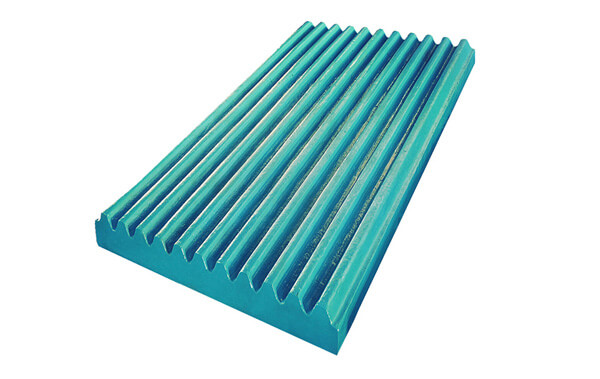
Although high chromium cast iron has high wear resistance, it may not achieve good results when used as a jaw plate due to its poor toughness. In recent years, a method has been employed where high chromium cast iron is cast or bonded to high manganese steel jaw plates, forming a composite jaw plate. The relative wear resistance can be increased by more than 3 times, significantly improving the service life of the jaw plate. This is an effective way to enhance the jaw plate's service life, but the manufacturing process is complex, leading to greater manufacturing challenges.
Medium carbon low alloy cast steel is also a widely used wear-resistant material. Due to its high hardness (≥45HRC) and appropriate toughness (≥15J/cm²), it can resist fatigue peeling caused by material cutting and repeated squeezing, exhibiting excellent wear resistance. Moreover, medium carbon low alloy cast steel can adjust hardness and toughness within a wide range through composition and heat treatment processes to meet the requirements of different operating conditions. Production and operation tests have shown that the service life of medium carbon low alloy steel jaw plates can be improved by more than 3 times compared to high manganese steel.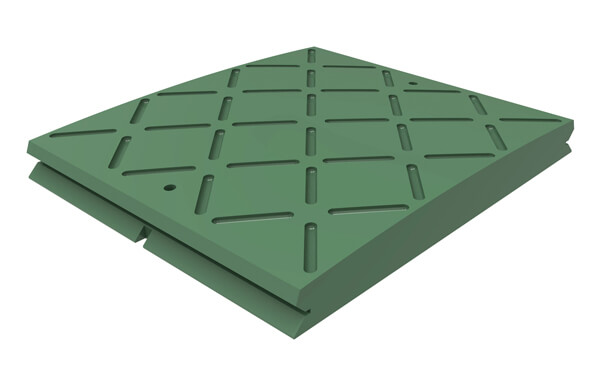
The selection of jaw plate material theoretically needs to meet the requirements of high hardness and high toughness. However, hardness and toughness of materials are often contradictory. Therefore, in practical material selection, it is essential to fully understand the working conditions and choose materials reasonably.
1)Impact load is one of the crucial factors to consider in rational material selection.
For larger specifications and heavier wear parts, facing larger-sized material blocks and higher impact loads, modified or dispersion-strengthened high manganese steel can still be considered for material selection.
For medium and small crushers with lower impact loads on wear parts, using high manganese steel may not lead to sufficient work hardening. In such conditions, opting for medium carbon low alloy steel or high chromium cast iron/low alloy steel composite materials can achieve good technical and economic benefits.
2)The composition and hardness of the material are also essential factors in rational material selection.
Generally, the higher the hardness of the material, the higher the hardness requirements for wear parts. Therefore, under the condition of meeting toughness requirements, materials with higher hardness should be selected whenever possible.
3)Rational material selection should also consider the wear mechanism of wear parts.
If cutting wear is the primary mechanism, hardness should be the primary consideration in material selection. If plastic deformation wear or fatigue wear is dominant, plasticity and toughness should be considered first.
When selecting materials, the rationality of their processing should also be considered, ensuring ease of production organization and quality control.
To effectively crush stone materials, the surface of the jaw plate is often cast into a wave-shaped and tooth-shaped profile. The cross-sectional structure can have a smooth surface or a grid-shaped surface, with the latter divided into triangular and trapezoidal surfaces. Typically, triangular or trapezoidal teeth are used. The peak angle of the teeth is generally in the range of 90° to 110°. The tooth height and spacing depend on the particle size and production requirements. The size is determined by the nature and size of the crushed material. For crushing large blocks of material, a larger angle is preferred, while for crushing smaller pieces, a smaller angle can be used. If the tooth height is high and the tooth spacing is small, the discharge particle size will be small, but the production will be low, and power consumption will be high. The size of the tooth spacing depends on the particle size of the product and is usually chosen to be approximately equal to the width of the discharge opening. The general ratio of tooth height to tooth spacing is between 1/2 and 1/3. Due to the characteristic wear pattern of the reciprocating jaw plate, the bottom wears faster than the top. Therefore, the jaw plate is often made in a symmetrical shape so that it can be inverted and installed after wear, extending its lifespan.


